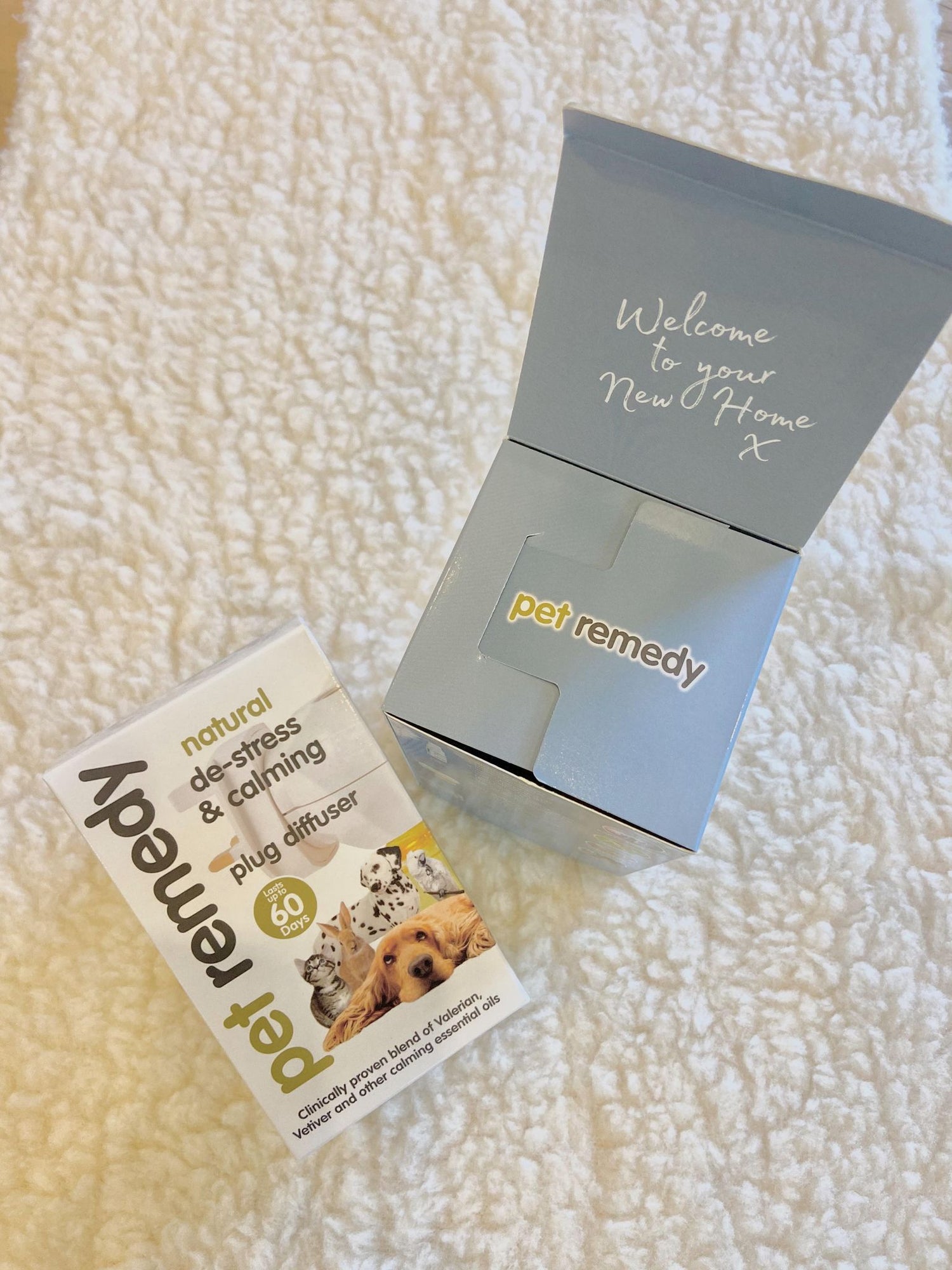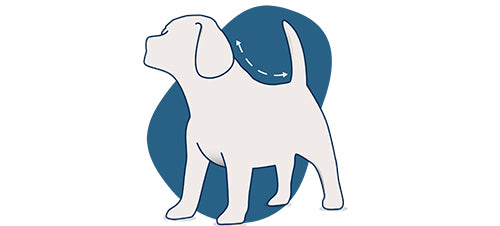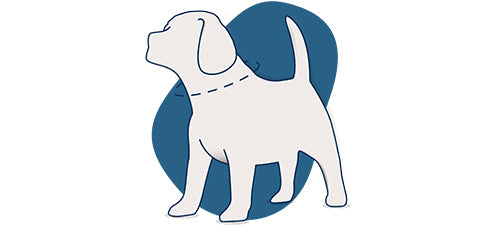Dogs are often celebrated for their unwavering loyalty and joyful demeanour. However, just like humans, our canine companions can experience depression. Recognising the signs of dog depression is crucial for ensuring your pet's well-being. In this comprehensive guide, we'll explore the symptoms of depression in dogs and puppies, delve into the causes, and provide insights on how to keep your dog happy and healthy.
Can Dogs Get Depressed?
Absolutely. Canine depression is a real and serious condition. While dogs don't experience emotions in exactly the same way humans do, they can exhibit behaviours that indicate they're feeling down or anxious. Understanding these signs is the first step toward helping your dog overcome depression.

Signs of Depression in Dogs and Puppies
Recognising the signs of depression in dogs can be challenging, as symptoms often overlap with other health issues. Here are some common dog depression symptoms to watch for:
- Changes in Appetite - A depressed dog may lose interest in food, leading to weight loss. Conversely, some dogs might overeat as a coping mechanism.
- Decreased Activity Levels - If your dog seems lethargic or less enthusiastic about walks and playtime, it could be a sign of depression.
- Withdrawal from Social Interaction - Dogs are social animals. A depressed dog might isolate themselves, avoiding interaction with family members or other pets.
- Excessive Sleeping - While dogs do sleep a lot, a noticeable increase in sleep time can indicate that something is wrong.
- Loss of Interest in Favourite Activities - If your dog no longer enjoys their favourite toys or games, this could be a symptom of canine depression.
- Behavioural Changes - Signs such as increased aggression, fearfulness, or destructive behaviours can also point toward depression.
- Changes in Body Language - Look for signs like tucked tails, flattened ears, or a lack of facial expression.
Causes of Dog Depression

Understanding the root cause of your dog's depression is essential for effective treatment. Here are some common triggers:
- Major Life Changes - Events like moving to a new home, the arrival of a new baby, or the addition of another pet can upset your dog's emotional balance.
- Loss of a Companion - Dogs can grieve the loss of a fellow pet or a human family member, leading to depression.
- Trauma or Abuse - Past experiences of abuse or neglect can have long-lasting effects on a dog's mental health.
- Physical Health Issues - Sometimes, underlying medical conditions manifest as depression. Always consult a veterinarian to rule out health problems.
How to Tell if Your Dog Is Depressed
So, how can you tell if your dog is depressed? Observation is key. Monitor changes in behaviour, appetite, and energy levels. Keep a journal of any symptoms and consult your veterinarian for a professional assessment.
How to Treat Dog Depression

Addressing depression in dogs often requires a multifaceted approach:
- Consult a Vet - First and foremost, rule out any medical issues that could be causing depressive symptoms.
- Provide Mental Stimulation - Interactive toys, puzzle feeders, and new experiences can help alleviate boredom and improve mood. Shop our range of interactive puzzle toys here.
- Increase Physical Activity - Regular exercise releases endorphins, which can boost your dog's mood. Try a new route or walk for extra stimulation
- Establish a Routine - Dogs thrive on consistency. A predictable schedule can provide a sense of security.
- Social Interaction - Arrange playdates with other dogs or spend extra quality time with your pet to reinforce your bond.
- Professional Training or Therapy - In some cases, working with a professional trainer or animal behaviourist can be beneficial.
Keeping Your Dog Happy and Healthy
Prevention is always better than cure. Here are some tips to keep your dog emotionally and physically healthy:
- Regular Check-ups - Routine vet visits can help detect and prevent health issues that may lead to depression.
- Balanced Diet - A nutritious diet supports overall well-being. We have carefully curated a range of nutritious food for your dog so you can be sure you’re feeding them the best, shop it here.
- Safe and Comfortable Environment - Ensure your dog has a comfortable space to rest and feels safe at home. Some dogs actually thrive in a crate as it appeals to their den seeking instincts, turn their crate into the ultimate den with one of our crate sets.
- Positive Reinforcement - Use positive reinforcement techniques to encourage good behaviour and strengthen your relationship. Plenty of training treats and attention can go a long way.
- Attention and Affection - Never underestimate the power of love and attention. Spend quality time with your dog every day.

When to Seek Professional Help
If you've tried these strategies and still wonder, "Is my dog depressed or sick?", it's crucial to seek professional advice. A vet or a certified animal behaviourist can provide guidance tailored to your dog's specific needs.
Conclusion
Recognising and addressing depression in dogs is essential for their happiness and health. By being attentive to dog depression signs and proactive in your approach, you can help your furry friend navigate through tough times. Remember, your love and support make a significant difference in your dog's life.
At Lords & Labradors, we understand the importance of your pet's mental and physical well-being. Our range of products is designed to enrich your dog's life, from stimulating toys to comfortable bedding. Visit our online store to find everything you need to keep your dog happy and healthy.



































































































